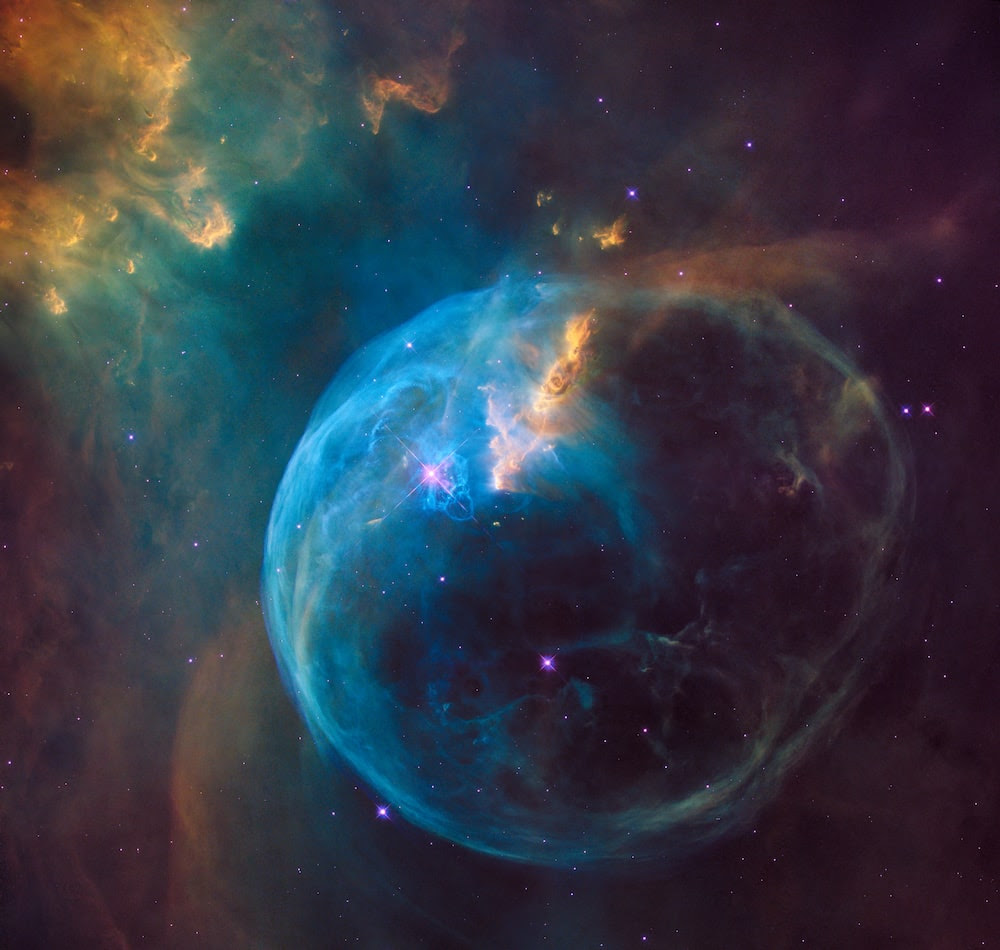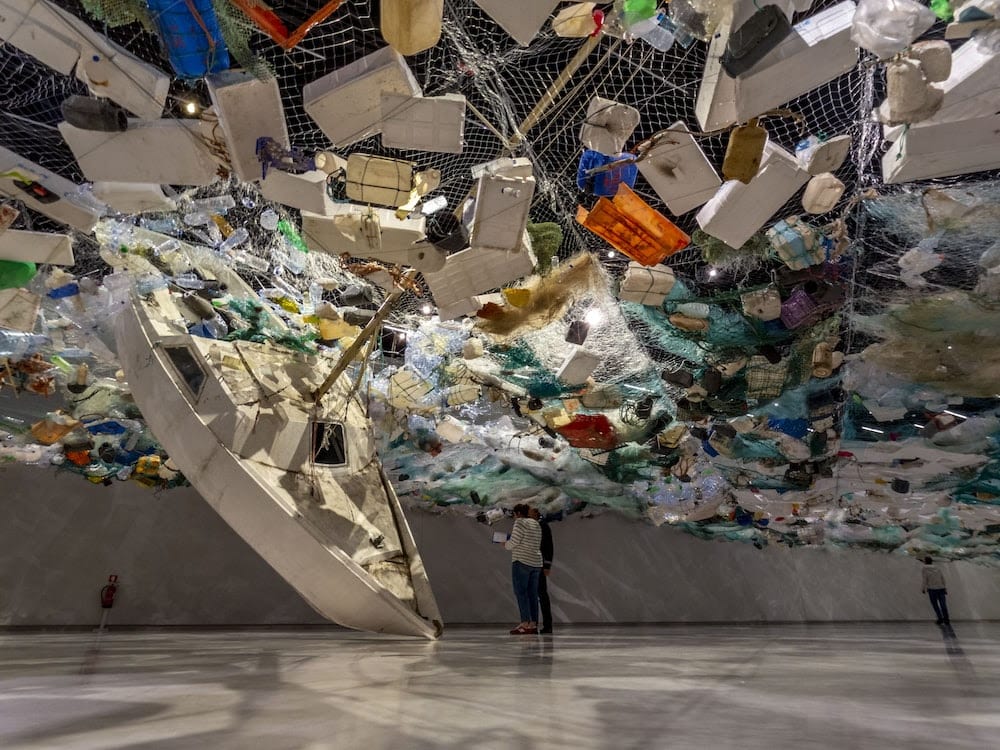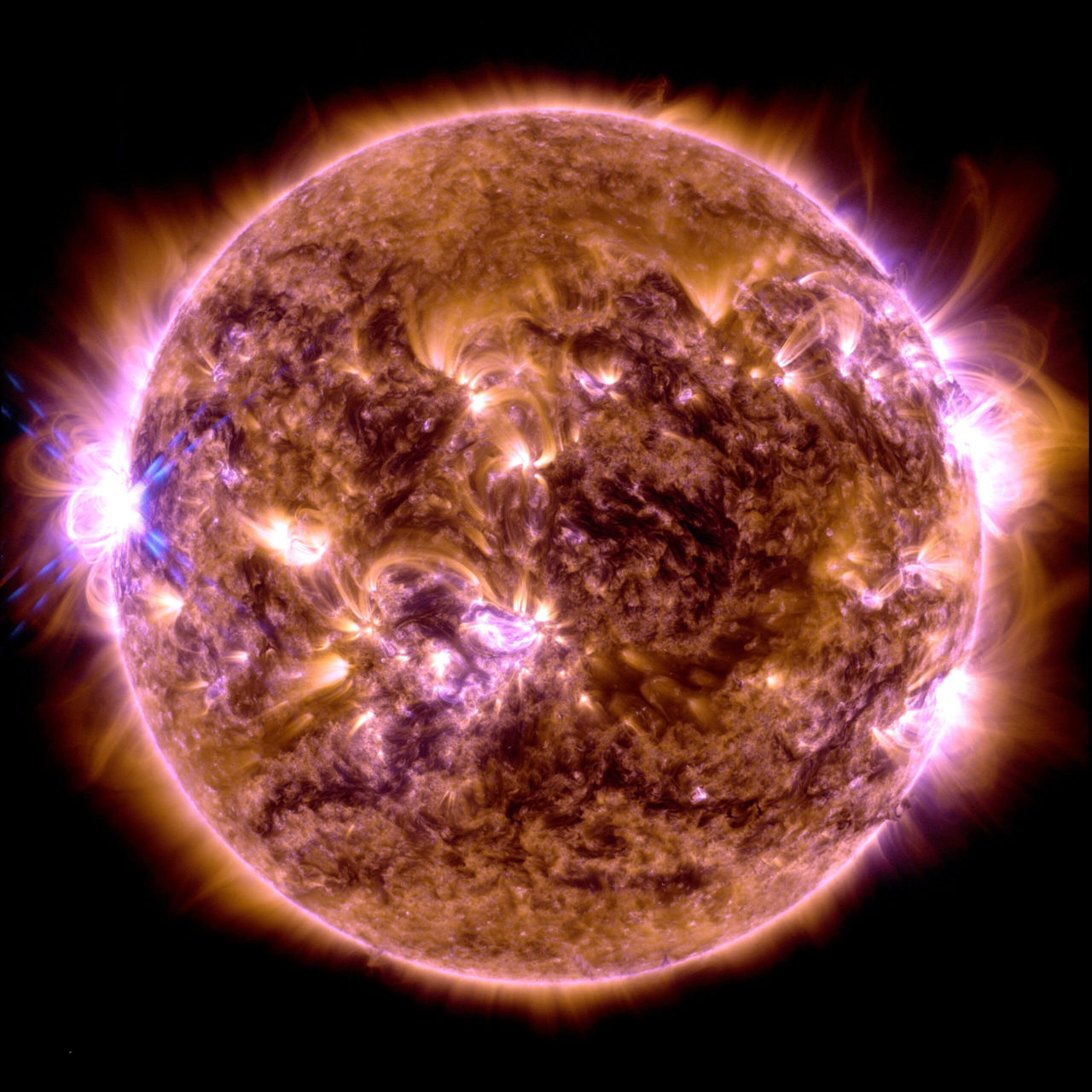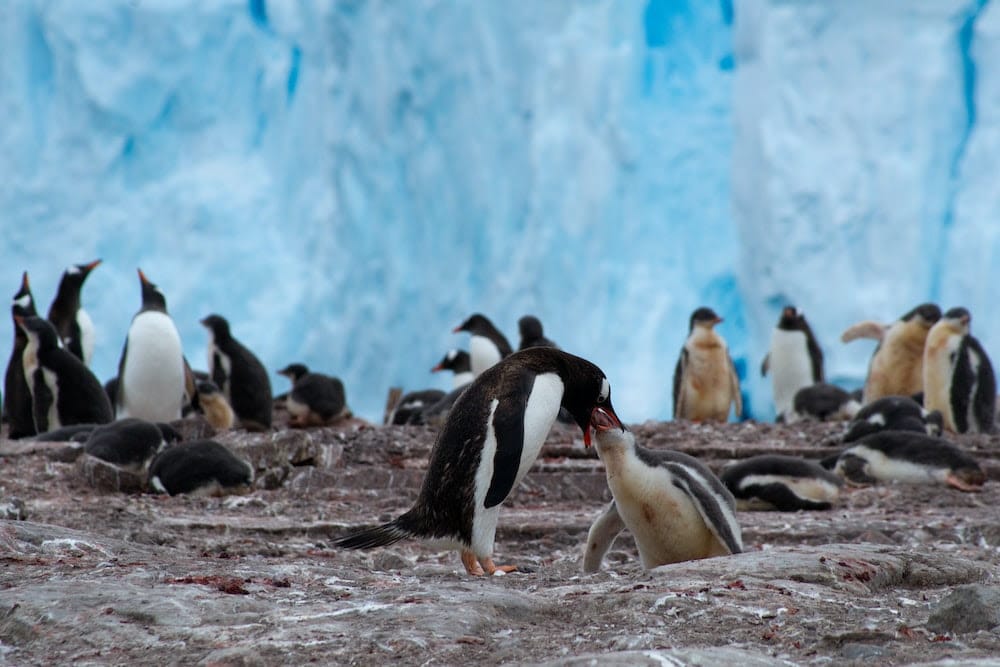
It’s about time-space missions became “greener”? Observing the stars emit a significant amount of CO2, and in the face of the climate emergency, astronomers need to reduce the carbon footprint of their research infrastructures, according to a study that is sparking debate.
This is the first time that researchers have attempted to assess the quantity of greenhouse gases produced by the 30,000 astronomers and their working instruments, which include terrestrial radio telescopes, probes, and rovers sent into space.
The initial findings, published on Monday, March 21 in Nature Astronomy, show that the total activity of these instruments since they were first put into operation has produced at least 20.3 million tonnes of CO2, equivalent to the annual carbon footprint of Estonia or Croatia. Per astronomers, this would represent annual emissions of 1.2 million tonnes.

The amount of CO2 is “five times higher” than that generated by astronomers’ air flights when they travel for professional reasons, the study points out. “The astronomy community is currently discussing reducing the carbon footprint associated with transport, as well as supercomputer activity,” explains Jürgen Knödlseder, CNRS research director and lead author of the study. “That’s good, except that they don’t see the elephant in the room: the infrastructure issue”.
To better estimate the size of the “elephant”, the researcher sifted through 50 space missions and 40 ground-based observation facilities: Hubble telescopes, Max Planck, Insight (Mars) exploration missions, Rosetta probe (comet “Tchouri”), Very Large Telescope (VLT) in Chile…
In any case, construction materials, operating costs, and electricity consumption would have had to be taken into account…. But these data were often unavailable, sometimes due to a lack of transparency on the part of space agencies,” explains Jürgen Knödlseder, who works at the Institut de recherche en astrophysique et planétologie in Toulouse.
To fill these gaps, his team used a method developed by Ademe (Agence de l’environnement et de la maîtrise de l’énergie) and the Association bilan carbone (ABC). According to this method, the carbon emissions of an activity are proportional to its cost and mass.
According to calculations, the $10 billion James Webb Space Telescope and the future giant “Square Kilometer Array” radio telescope in South Africa and Australia alone would be responsible for the equivalent of at least 300,000 tonnes of CO2.
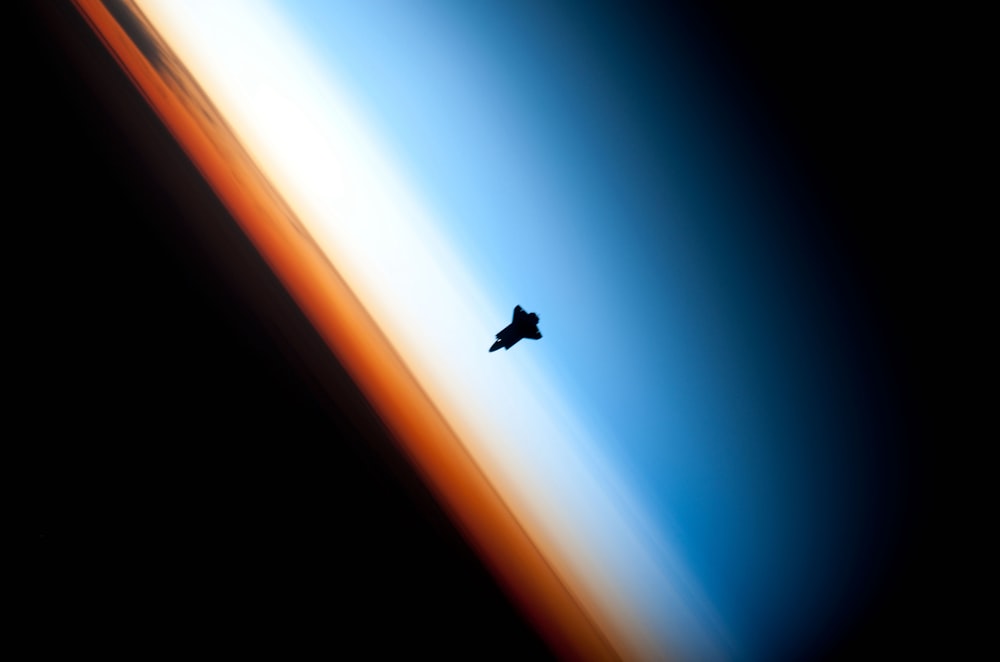
“We need to think about reducing greenhouse gas emissions from our infrastructures”, says Jürgen Knödlseder. “Everyone has to do their bit, including astronomers who are not in an ivory tower”, commented Annie Hughes of the Max Planck Institute, one of the study’s authors, at a press conference.
“Slowing down the machine
“I know this may come as a shock, but we need to slow down the machine if we want to reduce emissions by almost 50% by 2030,” agreed fellow astronomer Luigi Tibaldo. “Like all activities, astronomy has a significant carbon footprint, so our challenge is to slow down the construction of infrastructures while continuing to pursue excellence,” said Éric Lagadec, President of the French Astronomy and Astrophysics Society, who was not involved in the study.
On the other hand, the method of calculation is much debated: estimation by monetary ratios generates a high margin of uncertainty (up to 80%), which can “undermine the credibility of the results”, wrote Andrew Ross Wilson in a commentary published alongside the study.
In the absence of detailed information on what an installation consumes, they have calculated “on the off chance”, says astrophysicist Françoise Combes, of the Observatoire de Paris-PSL. She also takes issue with the fact that the overall cost has been divided by the number of astronomers: “When you build an observatory, it’s for science, it benefits millions of people! It’s like dividing the cost of an opera by the number of people who go,” comments the scientist.
“The method is debatable, but the approach is a first step that has the merit of encouraging reflection”, concludes Éric Lagadec.

